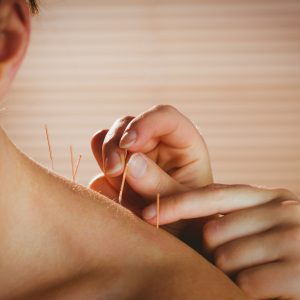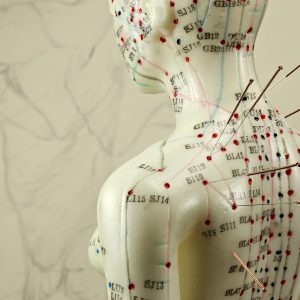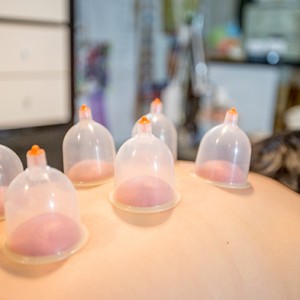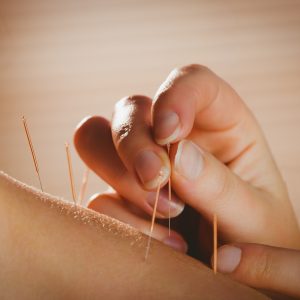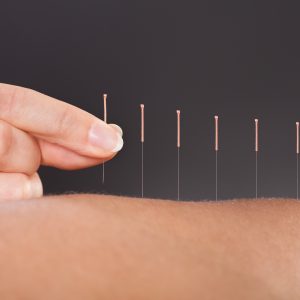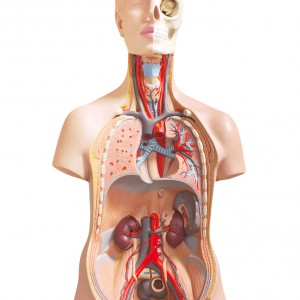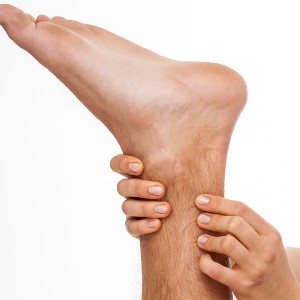Acupuncture is generally considered to be a safe and painless procedure when performed by a licensed and trained practitioner. However, some people may experience mild discomfort or a brief sensation when the needles are inserted. The sensation is often described as a mild tingling or dull ache, and typically lasts only a few seconds. Many people report feeling a sense of relaxation or mild euphoria after the needles are in place. It’s important to note that the sensation of acupuncture can vary depending on the individual and the specific acupuncture points being used. Some points may be more sensitive than others, and some people may be more sensitive to the needles than others. If you have concerns about the sensation of acupuncture, it’s important to talk to your practitioner before the treatment. They can explain the procedure in more detail and help you understand what to expect. They may also […]

